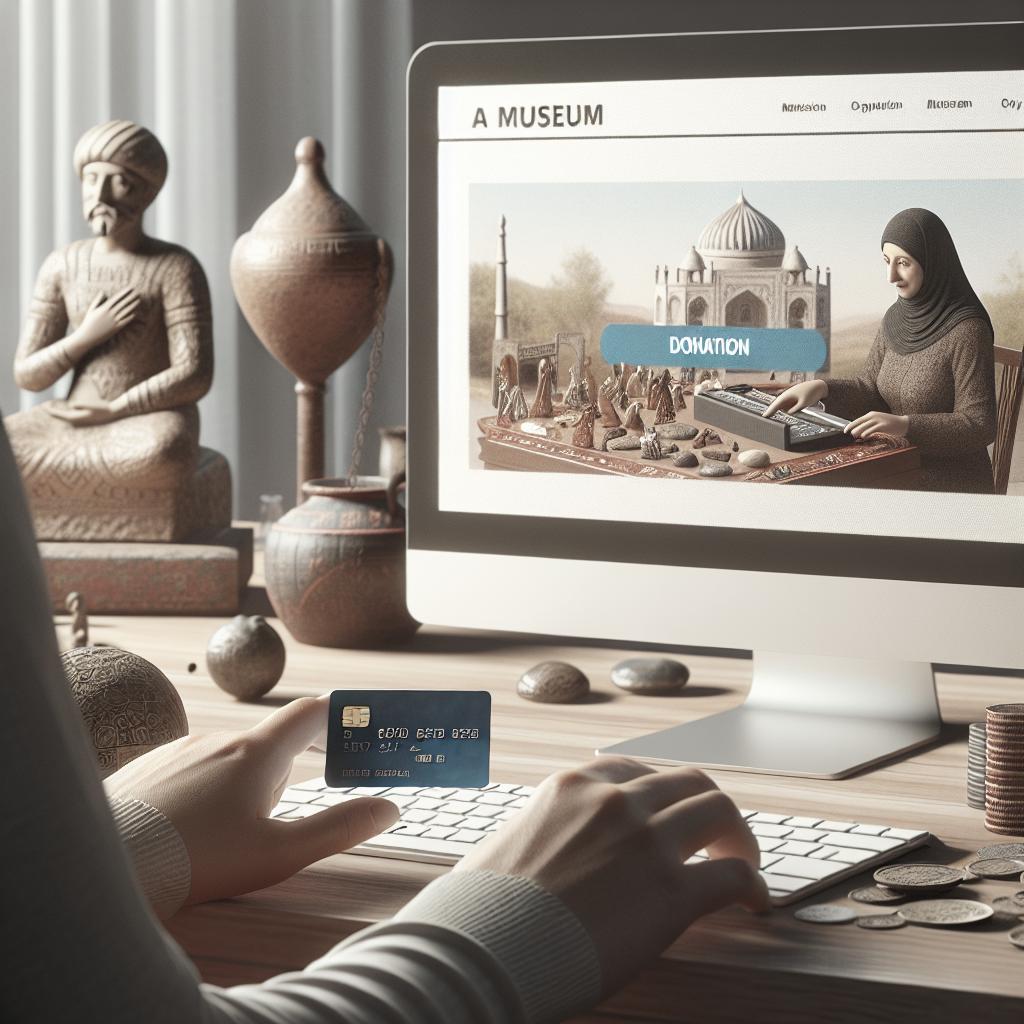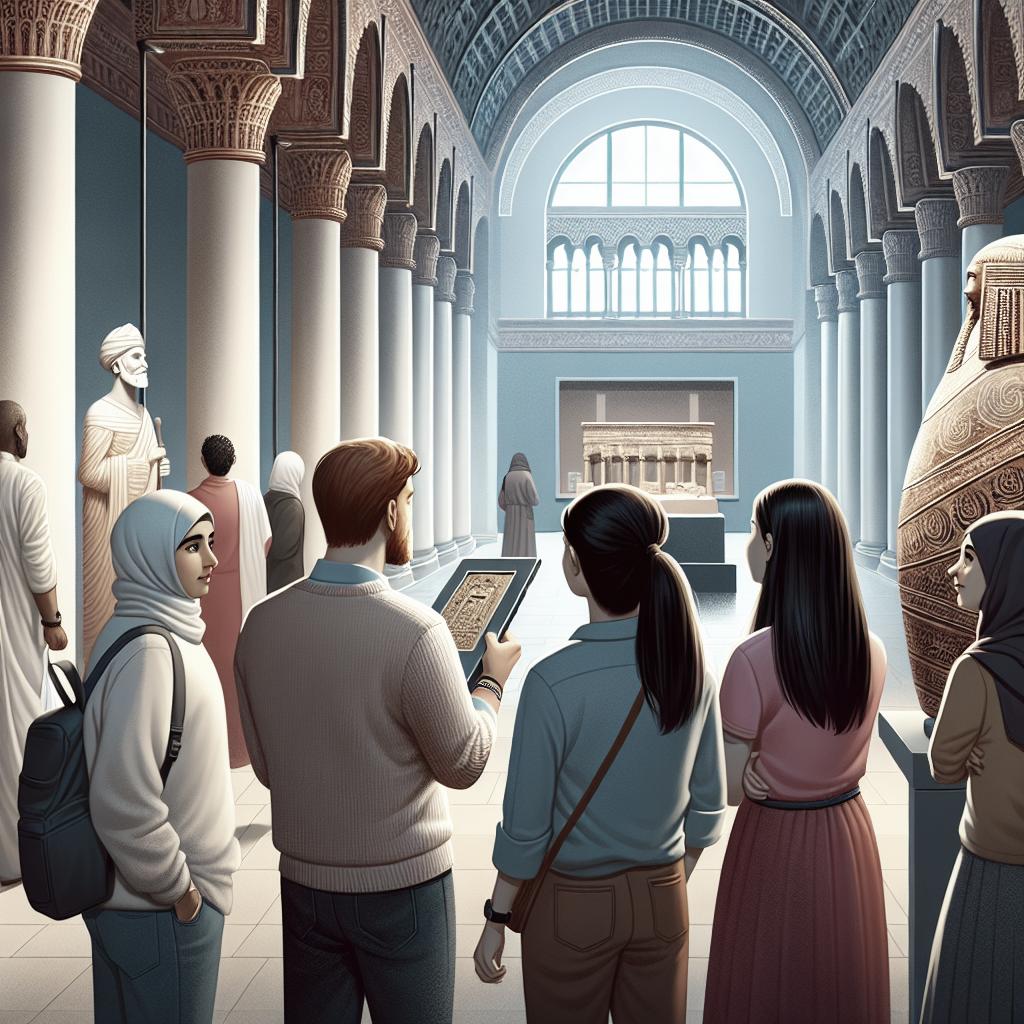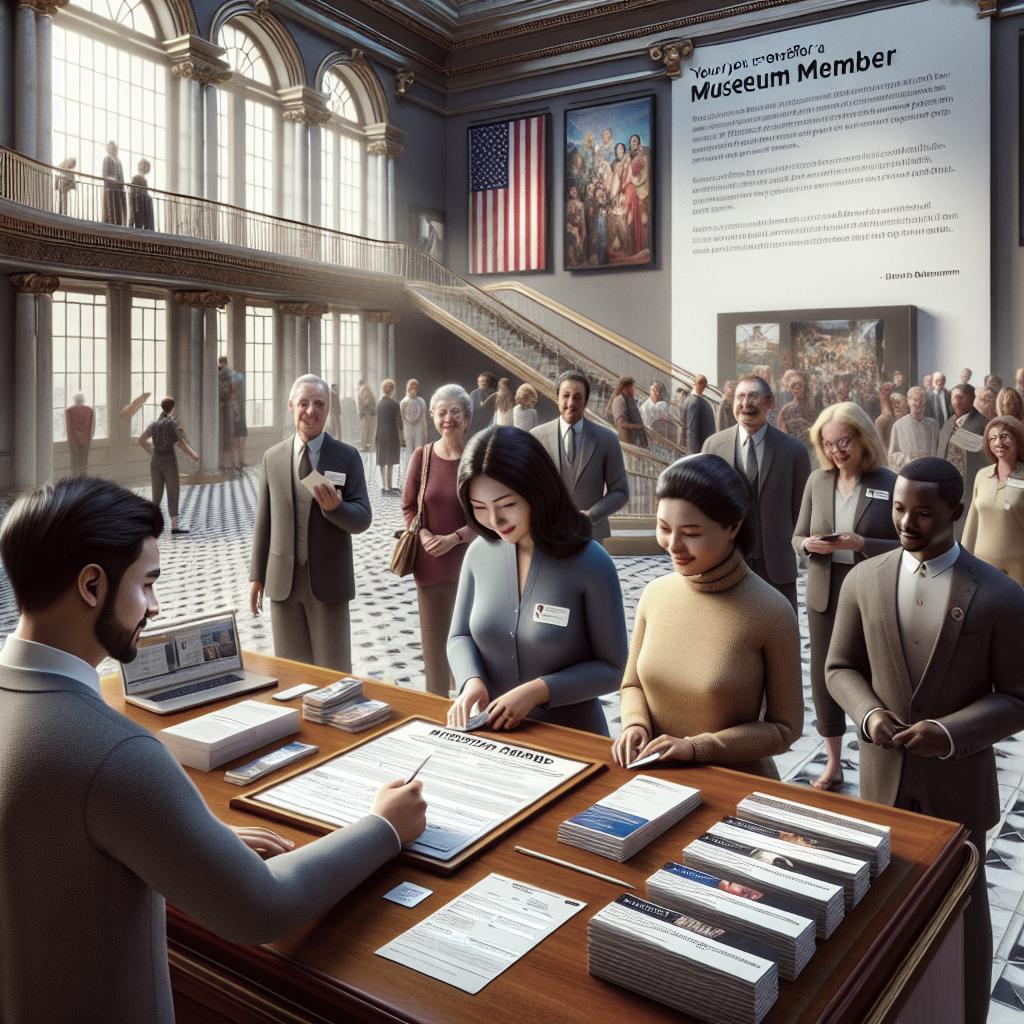“`html
Introduction
Donating to a museum is a meaningful way to contribute to the preservation and celebration of history, art, and culture. This guide will walk you through everything you need to know about donating to a museum, from understanding what happens when you make an offer to learning about the various forms of donations and the role of the Acquisition Committee. We will also discuss how the fair market value is determined, the special provisions that apply to significant cultural property, and the formal transfer of ownership. Lastly, we will look at the recognition donors receive and what happens to artifacts that are removed from the collection. Whether you’re considering donating a cherished artifact, a work of art, or even financial support, this comprehensive guide has you covered.
Quick Links
What happens when I offer something to one of the Museums?
When you decide to offer an item to a museum, the first step typically involves contacting the museum’s acquisitions or donations department. This initial contact could be through an online form, an email, or a phone call. You’d generally provide details about the item, including its history, condition, and any supporting documentation or provenance. The museum needs this information to make an informed decision about the potential acquisition. Once the museum has your initial information, they’ll conduct a preliminary assessment to determine whether the item fits within their collection scope. If it does, they’ll set up a more detailed evaluation, possibly including an inspection by a curator or a conservator. This can be a lengthy process involving multiple departments to ensure that the item is a good fit for the museum’s collection and can be properly preserved and displayed.
What is the role of the Acquisition Committee?
The Acquisition Committee plays a crucial role in the process of accepting donations. This committee typically consists of curators, scholars, and other museum professionals who specialize in the museum’s focus areas. Their primary responsibility is to evaluate whether a potential donation aligns with the museum’s mission, its current collection, and its future goals. They conduct thorough assessments, including verifying authenticity and ensuring the item’s long-term preservation value. Once the Acquisition Committee completes their evaluation, they make a recommendation to the museum’s board of directors or an equivalent authority, who will make the final decision. This structured approach ensures that every accepted item is of significant value to the museum’s collection and future exhibitions. It also provides transparency and accountability in the donation process, making sure that each artifact enriches the museum’s offerings.
What is the difference between a donation, a donation with a tax receipt, and a sale?
There are several ways you can choose to offer your item to a museum: a straightforward donation, a donation with a tax receipt, or a sale. A straightforward donation means you give the item without any financial or tax considerations. It’s an altruistic way of contributing to the museum’s mission and ensures the artifact finds a good home where it will be appreciated by the public. A donation with a tax receipt involves the museum providing you with a tax-deductible receipt equal to the item’s fair market value. This can be advantageous for the donor financially, as it can reduce taxable income. The process for obtaining a tax receipt usually requires a formal appraisal of the item to determine its fair market value. A sale, on the other hand, involves the museum purchasing the item from you. This is less common and usually happens when the museum is particularly interested in an artifact that has high market value. The terms and price are negotiated between the seller and the museum, often involving external appraisals and legal agreements to ensure both parties are satisfied with the transaction.
How is “fair market value” determined?
Determining the fair market value of an item involves a multi-step process and often requires the expertise of accredited appraisers. The appraiser considers various factors such as the item’s rarity, condition, provenance, and its previous sale prices or market demand. They might also look at similar items within the museum’s collection or in other collections around the world to establish a benchmark. Once the appraiser has conducted a thorough analysis, they provide a written appraisal report that details the item’s estimated fair market value. This report is essential for tax-deduction purposes if a tax receipt is being requested. The museum may also have their internal experts review or verify this appraisal to ensure accuracy and compliance with tax regulations. In some cases, particularly for high-value items, a second opinion from another appraiser may be sought to confirm the valuation. This meticulous process ensures that the donor and the museum both have a clear understanding of the item’s worth, making the donation process transparent and accountable.
What special provisions apply to “significant cultural property”?
Significant cultural property refers to items of exceptional importance due to their historical, cultural, or artistic value. These items are often subject to special provisions and legal protections to ensure their preservation and proper handling. For instance, in many countries, significant cultural property cannot be exported or sold without government approval. When donating significant cultural property, the donor and the museum must adhere to these legal frameworks to ensure compliance. This might involve obtaining special permits, adhering to strict documentation standards, and possibly undergoing additional scrutiny by cultural heritage authorities. These measures are in place to protect irreplaceable cultural artifacts and to ensure they are handled with the utmost care and respect. For donors, contributing significant cultural property can be highly rewarding but also more complex. The recognition and sense of contributing to cultural heritage preservation often outweigh the additional effort required. Museums provide additional support and guidance to donors of such important items to navigate the necessary procedures smoothly.
How is ownership formally transferred to Ingenium?
Formal transfer of ownership involves several legal and administrative steps to ensure that the museum, typically represented by an entity like Ingenium, gains full rights to the donated item. First, a Deed of Gift or Donation Agreement is drafted, outlining the terms and conditions of the donation, including any restrictions or special stipulations agreed upon by both parties. This document is signed by the donor and an authorized representative of the museum. By signing, the donor legally relinquishes ownership rights to the item, transferring them to the museum. The museum then records the artifact in its accession records, providing a permanent register of the new acquisition. This documentation process ensures transparency and legal clarity, safeguarding both the donor’s intentions and the museum’s responsibilities. In some instances, additional legal reviews or notary services may be required to verify the transfer’s validity, especially for high-value or culturally significant items. Once the transfer is complete, the museum can then focus on conservation, research, and displaying the new acquisition for public enjoyment and educational purposes.
What recognition do donors receive?
Museums greatly appreciate the generosity of donors and often extend various forms of recognition to acknowledge their contributions. This can range from a simple thank-you letter to more elaborate public acknowledgments. For example, donors might be recognized in the museum’s annual report, on its website, or through plaques and signage near the displayed item. Some museums have dedicated donor recognition events, where donors are invited to exclusive previews, lectures, and social gatherings. This allows donors to see firsthand the impact of their contributions and to meet other benefactors. In certain cases, particularly significant donations may be commemorated with named galleries or exhibition spaces, providing lasting recognition of the donor’s contribution. For donors who prefer anonymity, the museum typically respects these wishes and ensures that all acknowledgments are handled discreetly. Regardless of the level of recognition, the museum ensures that each donor feels valued and appreciated for their generous support.
When are artifacts removed from the collection and what happens to them?
The process of removing artifacts from a museum’s collection, known as deaccessioning, is governed by strict guidelines and ethical standards. Deaccessioning typically occurs when an item no longer fits the museum’s mission or collection goals, is duplicated, or cannot be properly conserved. The decision to deaccession an artifact involves thorough deliberation by the Acquisition Committee and other governing bodies to ensure it’s done responsibly. Once an item is approved for deaccessioning, the museum explores several options for its future. The artifact may be transferred to another institution where it aligns better with the collection’s focus. Alternatively, the item might be sold, with proceeds often used to fund new acquisitions or conservation projects. In rare cases, an artifact that has deteriorated beyond repair might be responsibly disposed of. Throughout the deaccessioning process, museums adhere to established ethical guidelines to maintain public trust and transparency. Clear communication with stakeholders and the public ensures that even as collections evolve, the museum’s mission and values remain steadfastly upheld.
Contact
If you’re interested in donating to a museum or have any questions about the process, you can contact the museum’s donations department directly. They will provide you with all the necessary information and guide you through each step of the way.
Next Steps
| Topic | Description |
|---|---|
| What happens when I offer something to one of the Museums? | Details the initial contact and assessment process for potential donations. |
| What is the role of the Acquisition Committee? | Explains the committee’s evaluation process to determine if a donation aligns with the museum’s goals. |
| What is the difference between a donation, a donation with a tax receipt, and a sale? | Outlines the different forms of donations and financial implications. |
| How is “fair market value” determined? | Describes the process for appraising an item’s value for tax and donation purposes. |
| What special provisions apply to “significant cultural property”? | Discusses legal and procedural considerations for donating significant cultural items. |
| How is ownership formally transferred to Ingenium? | Details the legal steps involved in transferring ownership of donated items. |
| What recognition do donors receive? | Describes how museums acknowledge and appreciate their donors. |
| When are artifacts removed from the collection and what happens to them? | Outlines the deaccessioning process and the future options for removed artifacts. |
“`


